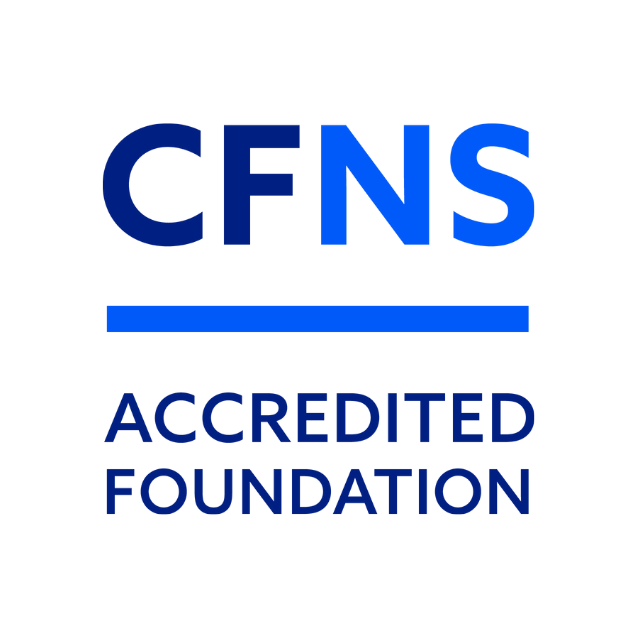Tax reform offers some advantages for charitable giving
While there are many predictions of dire consequences for charitable giving with the higher standard deduction implemented with tax reform, giving expert Bryan Clontz says there are two particularly favorable opportunities for donors.
Clontz, President of Florida-based Charitable Solutions, frequently speaks to professional advisors in the Fox Valley at gatherings arranged by the Community Foundation.
For donors at least age 70.5, rolling over gifts from an individual retirement account is highly advantageous for a donor, he says. If the gift is made directly from the IRA to a nonprofit organization, there is no tax impact on either party. (NOTE: the minimum age for qualified charitable distributions from an IRA is 70.5. as of January 1, 2020, the age for taking a required minimum distribution from an IRA has changed from 70.5 to 72.)

Professional advisors got advice on helping their clients through tax reform.
Donor advised funds offer another strategy. Donors are able to “bundle” their charitable giving, donating to their donor advised fund in one gift an amount equal to what they would have donated over several years. They itemize in the year they make the gift to their fund, and then take the standard deduction in other years. The donor’s favorite charities still get annuals grants in the same amount they would have gotten through more direct contributions. Clontz adds a recommendation that donors give from their IRAs in the years they aren’t making the large gift to their donor advised fund.
Clontz says that because of tax reform, more than ever, nonprofits and donors need to expand their idea of charitable giving — and community foundations are very well positioned to help with that.

Bryan Clontz
A typical American household has 1% to 3% of its assets in cash, but we insist on donating to charities with cash. It is the asset we have in the least supply and it offers less in tax advantages than gifts from individual retirement accounts or appreciated stock. And cash is what charities keep asking us for.
The Community Real Estate and Personal Property Foundation within your Community Foundation can accept gifts of stock, business ownership, real estate and even collectibles. It sells the property and puts the resulting cash to work for charities the donors choose.
Clontz stresses the importance of financial advisors bringing up the subject of charitable giving as they discuss estate plans with their clients. He cites a study that found 87% of donors want to be asked about charitable giving in their estate planning and half expect to be asked in their first meeting, but most advisors said they don’t bring it up until the third meeting. Another survey found that 90% of the time the clients say they initiated the conversation about charitable giving.
Tracking giving through the years shows it is consistently 1.9% to 2.2% of gross domestic product, regardless of whether the top tax rate was 70% or 35%.
“It basically says taxes don’t matter,” Clontz says. “You know what really matters? The stock market.”
Reduced incentives for charitable giving don’t necessarily mean reduced giving, Clontz says, when you consider the alternative.
“The only competitor for charitable giving,” Clontz says, “is conspicuous consumption.”
Want more stories like these? Sign up to get in The Loop. And don’t forget to invite a friend to get in The Loop!



Leave a Comment